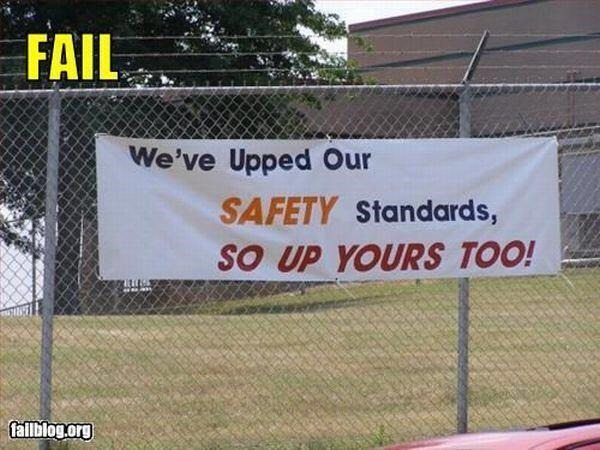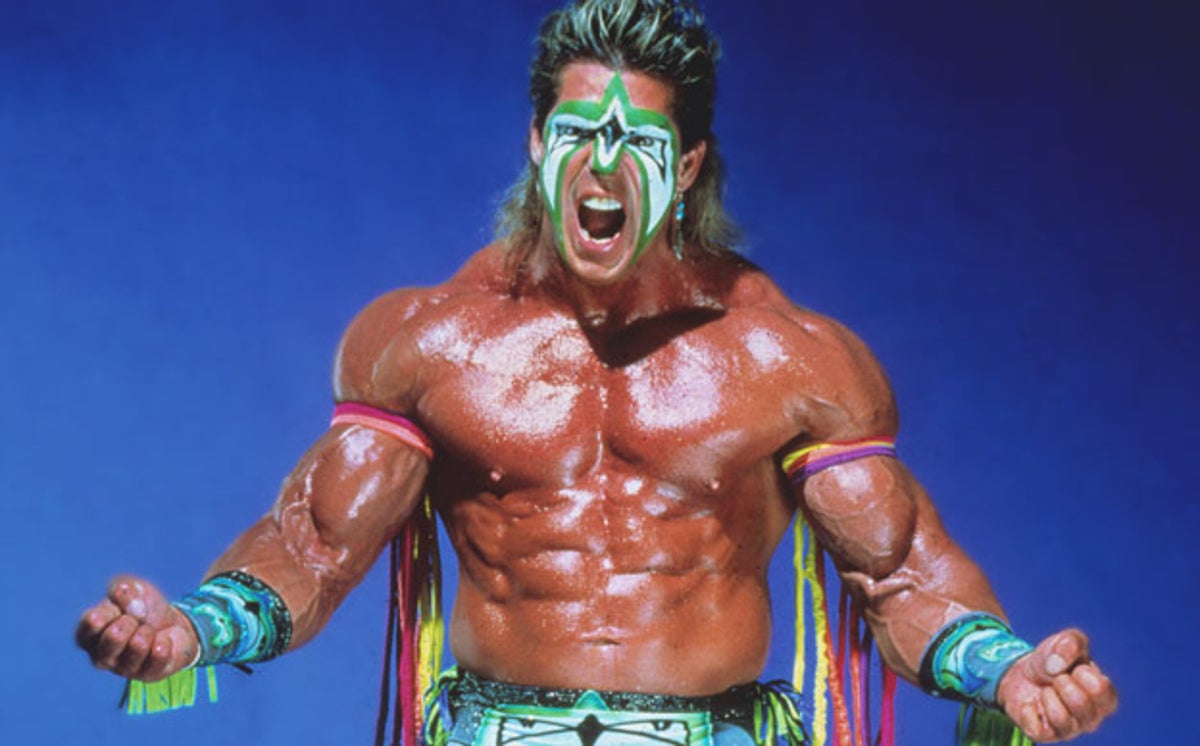Identity, honesty and adaptability are key to growing as a professional as well as an organization. Tattooed Shakespeare by Mathew McFarren Tattooed Shakespeare by Mathew McFarren Having a clear sense of identity is important for leaders and organizations. In the play Hamlet, William Shakespeare speaking through Polonius provides this fatherly advice, “This above all: to thine own self be true, and it must follow, as the night the day, thou canst not then be false to any man.” A clear identity enables leaders and teams to be honest with each other as they seek to compete in business. Honesty among individuals as well as within teams facilitates real time adaptability to changes in the market that are critical to sustained success. Let’s break down the quote from Polonius to peel through the layers that will enhance our growth mindset: Developing your identity as a leader.Having a clear sense of identity is important for leaders and organizations. In the play Hamlet, William Shakespeare speaking through Polonius provides this fatherly advice, “This above all: to thine own self be true, and it must follow, as the night the day, thou canst not then be false to any man.” A clear identity enables leaders and teams to be honest with each other as they seek to compete in business. Honesty among individuals as well as within teams facilitates real time adaptability to changes in the market that are critical to sustained success. Let’s break down the quote from Polonius to peel through the layers that will enhance our growth mindset: Understanding the importance of prioritization as a leader.1. “This above all else…” You must prioritize. There’s isn’t enough time, money or resources to do everything. There are limits and they can demotivate you or force you to take the smartest risks you can imagine. To activate your growth mindset you cannot lose touch with reality, you must learn the ever evolving terrain, rules, resources and limitations. Again, reality is not the enemy, it is essential to growth.
Author of Organizational Physics, Lex Sisney, has composed Three Covenants of operating agreements to help teams maximize input and buy in. Covenant 3 states, “The goal is frank and honest discussion of the facts before a decision is made, followed by total commitment to implementing the solution after the decision is made.” Those in a position of leadership do well to understand that they need as broad a net of inputs as possible from within as well as without their team. When a leader listens they open themselves to valuable input.Failure to listen to those who are in the field distributing your products or services, those front line employees, is cutting your organization off from valuable perspectives. Leaders also must understand that conflict does not have to be negative. Creating an open forum where ideas flow without filters requires the allowance of dissension. The team can create healthy boundaries for discussion to remain civil while making clear the timeline for disagreement and the expectation of buy in once the decision is made. As Sisney put it, “Put another way, it’s OK to question a decision up front but it’s not OK to fight it or ignore it during implementation.” A leader who is confident in their strengths is able to create opportunities for employees to exercise theirs.2. “To thine own self…” Organizations that struggle with their identify will struggle to clarify their value proposition in the market place. Organizational culture and identity sound like such lofty concepts but they are merely reflections of the teams day to day actions and the identity of the leadership. Your company culture is what you do. Your organizational identity often mirrors that of your leadership. We make culture and identity abstract when we try to create them rather than recognize what they are and then optimize them. Three questions for increasing employee engagement towards achieving team goals:
Leadership starts with holding yourself accountable.In The Real Life MBA, Jack and Suzy Welch write, “The only reason to talk about behaviors at work is that leaders need be very public, very clear, and very consistent about what kind of behaviors are needed in order to achieve the company’s mission.” Leaders must lead by example, it should be the working definition of leadership but often it falls short of action. When those in a position of leadership understand themselves they free up capacity to find and build other leaders who will round out the team needs so that the mission can move forward. When leaders don’t understand themselves they often lead by fear and hold the team back from reaching its potential. Clarity comes from truth. Strong leaders understand the importance of adaptation.3. “Be true…” There is an emphasis on authenticity which is important for individuals as well as organizations. Yet, if you are failing or heading towards decline, it takes a strong person to admit they need assistance. In the rapidly evolving market everyone must be acutely aware that what worked last month may not net the same result this month. The need to adapt and adjust to the market is constant. Failure to recognize this reality is a recipe for certain failure. Our values should be set in stone, in so far as they reflect our ethics and core culture, but our approach to the needs of our clients must be fluid. Lex Sisney shares more on how we remain true to ourselves and yet flexible, “If you want to scale your business successfully — without sacrificing innovation, core values, or execution speed as things get more complex — you’ll need to design on principles, not policies.” Good leadership recognizes the survival of the fittest, which isn’t so much that the strongest and richest survive but those who most adaptable to their surroundings. Recent history has shown how industry giants have been toppled by rigidity and replaced by entities that were willing to change their approach with the fluctuations of the market. Authentic leaders clarify values and build collaborative cultures.Rigid flexibility Being yourself and building an authentic company are not unreachable philosophical dreams. A leader who is listening will reap the benefits of real time feedback so that their team can adjust course expediently. Jack and Suzy Welch address innovation in this way, “It can and should be a continual, ongoing, normal thing. It can be and should be a mindset that has every employee at every level of the organization thinking as they walk in the door every morning, “I’m going to find a better way to do my job today.” Leaders who understand themselves can create teams and cultures that thrive. Competing in the market requires a strong identity with adaptability. My father in law wisely calls this rigid flexibility. Stay true to your core and nimble enough to adjust to the tides. Have a vision, work tirelessly to execute on your mission but don’t get so transfixed that you are unable to adapt. Three keys to success as an authentic leader:
1 Comment
Safety must be a core practice of any organization that wants to recruit, develop and retain good employees. Building a culture of safety Building a culture of safety When an organization builds a culture of safety, they create an environment that communicates care for the employees. A key building block in the safety paradigm is the incorporation of personal protective equipment (PPE). As the governmental agency that is responsible for educating and overseeing workplace safety, OSHA has advised, “If PPE is to be used, a PPE program should be implemented. This program should address the hazards present; the selection, maintenance, and use of PPE; the training of employees; and monitoring of the program to ensure its ongoing effectiveness.” A culture of safety saves money by keeping an organization out of trouble and keeping employees on the job. According to OSHA, “It has been estimated that employers pay almost $1 billion per week for direct workers' compensation costs alone.” In case you missed it - that was per week. This means employees are getting injured at a rate that should not be acceptable and there is great incentive for companies to invest in improving their approach to safety. Let’s review eight keys to building a culture of safety, starting with personal protective equipment: 1.What is PPE PPE stands for Personal protective equipment. The employer is required to identify the hazards that exist in relationship to the scope of work that they are sending their employees out to complete. In the identification of those hazards the employer must provide training to mitigate those hazards as well as personal protective equipment to ensure safety of employees. To be clear, personal protective equipment does not remove all hazards for employees nor does it alleviate all liability for workplace safety for employers. OSHA states, “Controlling a hazard at its source is the best way to protect workers. However, when engineering, work practice and administrative controls are not feasible or do not provide sufficient protection, employers must provide personal protective equipment (PPE) to you and ensure its use.” Providing PPE to employees is one ingredient in the safety cake, to get the full taste there must be an effective training mechanism for helping employees to identify hazards as well properly utilize the equipment. 2.What is OSHA OSHA is the abbreviation for the Occupational Safety and Health Administration. OSHA operates as a part of the United States Department of Labor. OSHA was created by Congress through the Occupational Safety and Health Act of 1970 3.When is PPE necessary The United States Department of Labor states, “If PPE is to be used, a PPE program should be implemented.” Personal protective equipment should be used in collaboration with workplace and environmental controls to reduce hazard exposure of employees. As previously mentioned, employers are first responsible to enact controls for safety through:
4.What kind of PPE is necessary With regard to hazardous materials, OSHA 1910.120 App B covers the general description and discussion of the levels of protection and protective gear. In this section of OSHA there are four levels of personal protective equipment:
5.Who is responsible to provide PPE OSHA has created a handout to attempt to clarify who is responsible for providing personal protective equipment. “On May 15, 2008, a new OSHA rule about employer payment for PPE went into effect. With few exceptions, OSHA now requires employers to pay for personal protective equipment used to comply with OSHA standards.” 6.How does a team member properly put their PPE on, adjust, wear and take it off This is also referred to as don and doff. If the manner in which personal protective equipment is put on is incorrect then employees may be exposing themselves to hazards with a false sense of security. If the manner in which PPE is taken off is incorrect then the employees may be exposing themselves and their families to hazards by bringing contaminants home with them. If employees do not know how to properly put their PPE on or take it off then there is a dual threat of hazard exposure for the employee as well as liability exposure for for the employer. It is in the best interest of all parties to ensure this aspect of training is addressed.
7.What are the limitations of the PPE being used Personal protective equipment should be viewed as one component of a proper safety program. 360training.com has a helpful pictographic that includes limitations of PPE, “
8.What is the proper care, maintenance, useful life and disposal of the PPE OSHA expects that employees:
Competing in the marketplace requires organizations to recruit, develop and retain good employees. Once those employees are in the door they must be trained on how to perform their work safely which includes knowing how to identify hazards, what personal protective equipment to use and how to maintain their PPE. Building a culture of safety communicates to the team that the organization cares about them. Building a culture of safety is essential to being competitive as it helps to keep players in the game and significantly reduces the cost of preventable workplace injuries or illness. IZ Ventures - more than business coaching and consulting, we help you connect, collaborate and conquer.
|
AuthorThoughts on personal and professional development. Jon Isaacson, The Intentional Restorer, is a contractor, author, and host of The DYOJO Podcast. The goal of The DYOJO is to help growth-minded restoration professionals shorten their DANG learning curve for personal and professional development. You can watch The DYOJO Podcast on YouTube on Thursdays or listen on your favorite podcast platform.
Archives
March 2023
Categories
All
<script type="text/javascript" src="//downloads.mailchimp.com/js/signup-forms/popup/unique-methods/embed.js" data-dojo-config="usePlainJson: true, isDebug: false"></script><script type="text/javascript">window.dojoRequire(["mojo/signup-forms/Loader"], function(L) { L.start({"baseUrl":"mc.us5.list-manage.com","uuid":"b9016446bd3c6a9f0bd835d4e","lid":"83282ffb9e","uniqueMethods":true}) })</script>
|
Jon Isaacson |
Connect. Collaborate. Conquer.
© COPYRIGHT 2015. ALL RIGHTS RESERVED.
|




 RSS Feed
RSS Feed